One of our big world tour dream was to dive on the Great Barrier Reef in Australia. To do it properly, we went on a diving cruise and completed our next level of diving certification: the PADI Advanced Open Water Diver.
Before our world tour, we had never dived and Clémentine had not even ever snorkelled. Nevertheless, we were convinced diving would offer us incredible experiences. To make the most of it, we decided to train from the start of the trip and got our PADI Open Water certification in Mexico. Therefore, on the way to Australia, we were also able to dive in French Polynesia.
Diving cruise on the Great Barrier Reef
To make the most of the Great Barrier Reef and have the opportunity to visit different parts of it, we decided to go on a 3-day (two nights) cruise from Cairns. There are many diving cruise offers on the Great Barrier Reef, ranging from one night to ten days or more. Cairns seemed like a good starting point, especially to continue our journey with a direct flight to Indonesia. For more information on Cairns and the surrounding area, see our article Road trip in Australia: Sydney to Cairns on the East Coast.
If you do not have your diving certification, you should know this type of cruise also offers supervised snorkelling sessions. Also it is possible to obtain your first level of PADI Open Water certification, or to do a discovery first dive, during the cruise. Getting the certification will require to contact the diving club in advance to start the theoretical part and the exercises in a swimming pool before the cruise.
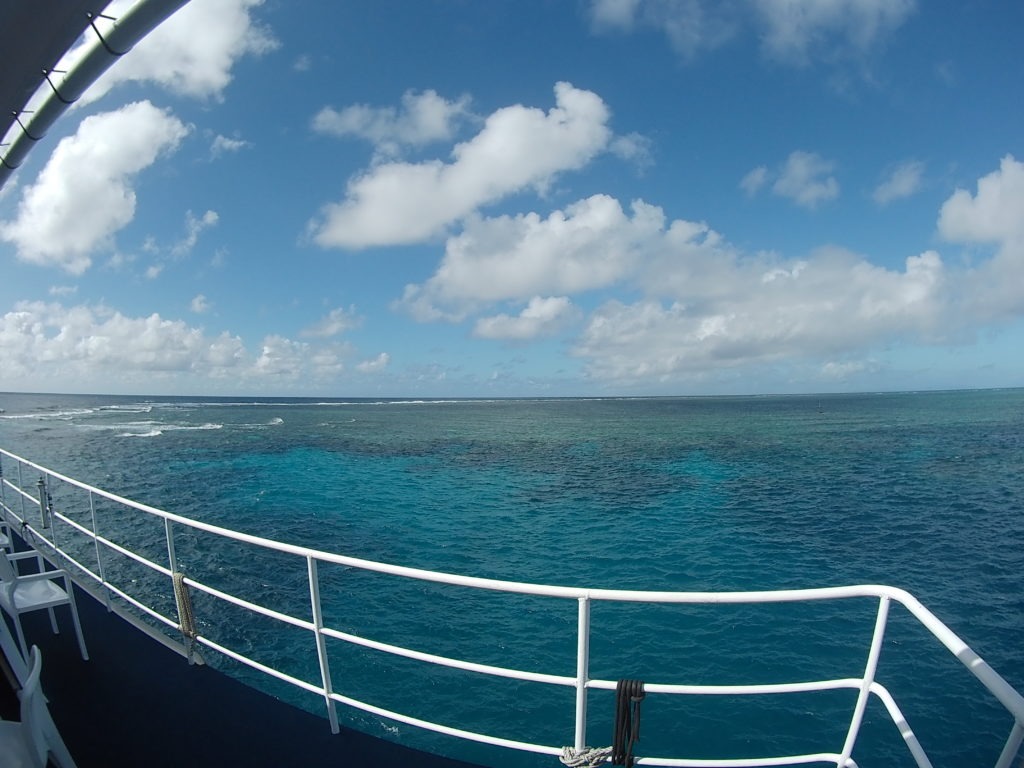
The Great Barrier Reef, world’s largest coral reef system
The reef is located in the Coral Sea, off Queensland coast in Australia. It can be seen from outer space and is the world’s biggest single structure made by living organisms.
A large part of the reef is protected by the Great Barrier Reef Marine Park, which helps to limit the impact of human use, such as fishing and tourism. Sadly, the reef and its ecosystem has also been damaged by climate change with mass coral bleaching. Research have shown the reef to have lost more than half its coral cover in the last 35 years.
Be careful to visit the reef with a professional diving club which you are 100% confident will act respectfully. Also ensure your diving level is good enough so that you are not at risk of touching coral or disturbing the wildlife. As in any part of the world, use ocean friendly sunscreen and do not throw any waste.
Is it worth going now that the coral is damaged?
This is a comment we have heard from other travellers : “it is too damaged it is not worth visiting anymore”. We absolutely loved our experience on the Great Barrier Reef and do not regret going one second.
We have seen so many different and beautiful coral as well as impressive coral walls. The wildlife diversity is amazing : lots of species of sharks, rays, turtles and also dolphins, just to name a few. The fish are gorgeous and so varied. You won’t be disappointed by the famous “nemos” clown-fish !
Our diving cruise from Cairns with Divers Den
We hesitated for long time between the numerous offers with fairly similar services, we finally opted for a cruise with Divers Den.
The pace of this cruise was very intense with 5 possible dives per day. Thus, we had 3 dives in the morning (the first before breakfast), one in the afternoon and one at night. Every 3 dives, the boat was moving to a different spot which was amazing. The night dive was a first time for us. In addition, we also had very interesting snorkelling sessions. It is obviously not compulsory to dive 5 times a day. But if you feel fit enough for it, this is the opportunity to make the most of your time on the Great Barrier Reef!
We had the chance to dive on different spots: Platetop during our transfer then Sandras, Norman Reef and Saxon Reef.
The boat
On the boat we had our own cabin with a private bathroom. The meals were good and the team very friendly.
Beware, however, of the following:
- The air conditioning is continuously on and it can be very cold inside the boat. It is not ideal for divers who are subject to cold and ear infections.
- When we were there, at the end of May, the sea shook us a lot! This was mainly the case on the smaller boat to reach the cruise ship. We both suffered terribly from seasickness the first day and even missed a few dives because of it. On other days, when the boat was in motion, it was difficult for us to stay inside. Unfortunately, the boat’s trips were during meal times which was complicated to manage.
- We made the mistake of taking all of our luggage with us, even though we had the option of storing them safely at the diving club in Cairns. It created quite a bit of anxiety. Indeed, we made a first dive on the transit boat to the cruise ship and had to leave our bags with our electronic equipment without real surveillance. In addition, we were afraid they would get wet. There was a lot of bag handling afterwards on the boat. We would have been more relax with a small light bag. We strongly advise against going on the cruise with a large suitcase.
Divers Den also offers the possibility of volunteering on the boat to dive for free every day!
Diving in autonomy on the Great Barrier Reef
Finally, we were able for the first (and only time during our world tour) to dive in autonomy. It means diving just the both of us, without a guide. This was possible thanks to the excellent briefings and the supervision from the instructors on the boat. For example, we had to sign a register before jumping in and after getting out the ocean. Thus, if we had exceeded our time limit we knew someone would have come to check on us. Moreover, if we got lost underwater, we had the possibility of surfacing anywhere and a guide posted on the boat with binoculars would sent a small recovery boat. This autonomy was also possible, for us, because we acquired more skills by passing our higher level scuba diving certification: the PADI Advanced.
PADI Advanced Open Water Diver certification
It is possible to do diving discovery sessions without a certification. However, if you wish to make several dives, it is preferable to get a certification which over time gives you access to more technical dives. It is also more profitable as the discovery dives are more expensive. Our certifications are with the agency PADI (Professional Association of Diving Instructors), recognised as the largest international organisation of scuba diving for leisure.
You will find a long article on the blog about the PADI Open Water level, our first diving certification. We explain how our beginnings in diving were not easy, especially for Clémentine. We are very happy to have developed confidence in diving since then and to have decided to take the higher level certification. Training for the PADI Advanced, we knew, would allow us to gain even more confidence and enjoy our next dives in a more relax way. Also, by improving our diving skills we ensure to avoid causing damages as much as possible (such as touching corals or disturbing animals). Finally, our choice was also motivated by the fact that the guided dives (which was necessary for us without passing the certification) on the cruise cost more. In the end, the price was almost equivalent to get our PADI Advanced certification.
The PADI Advanced was very pleasant and easy for us, especially in comparison with the Open Water. We found it to be less demanding and definitely less scary. It is also shorter and less theoretical.
Advanced Open Water Diver specialisations
To get the Advanced certification, it is necessary to validate 5 specialisations. Two are compulsory, Deep dive and Underwater navigation, the others are to be chosen from the Adventure Dive list (and can be also obtain individually). Few clubs offer all possible specialisations. In addition, depending on the clubs you will have more or less freedom in the choice of these specialisations.
We obtained:
- Underwater navigation: we learned to find our way underwater using compass navigation and orientation techniques using kicking cycles, visual cues and time. This was very useful during our dives in autonomy. The exercise with the compass (which we did at night) was quite difficult but we succeeded on the first try.
- Deep dive: we have learned to plan dives to cope with the physiological effects and challenges of deep diving. This certification allows you to dive 30 meters deep.
- Peak buoyancy: an extremely useful speciality, we have learned to determine our correct ballast and distribute it well, to be hydrodynamic, to consume our air more efficiently and to improve our movements and our stability. It completely changed the way we dive and we would have liked to push this speciality even more.
- Boat dive: this speciality was less interesting. The main purpose was to learn more about safety when diving from a boat, nautical terminology, procedures and etiquette on board.
- Night dive: diving at night is an incredible experience we really hope to do more of. We learned how to use a dive light and new communication skills. But also to get in the water and orient yourself in the dark, and identify the behaviour of plants and animals at night. We were anxious before jumping into the water (with lots of sharks). In the end, we loved this adrenaline-filled experience. It is surreal to be in the dark and to see only the few centimetres lit by the lamp around you. We encountered big fish and even attended a few feasts! The colours were completely different at night and we focused on astonishing details.
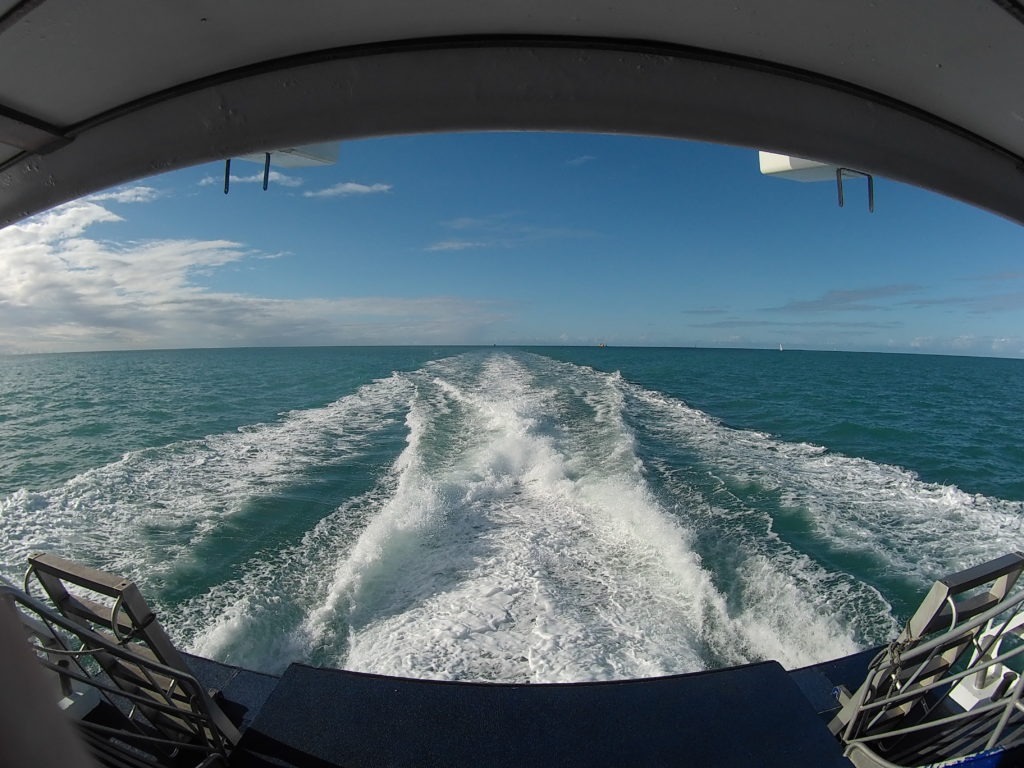
We are very proud to be PADI Advanced divers now. We advise all divers to pass this very useful, fast and undemanding certification. It’s a great way to feel more comfortable and develop your skills for more epic dives!
Clémentine’s playlist and films on diving on the Great Barrier Reef
- The Disney movie Finding Nemo (2003) which takes place on the Great Barrier Reef in Australia!
- Twenty Thousand Leagues Under the Sea, Jules Verne, the perfect novel to get you in the mood.
- The documentary filmed around the world: Oceans (2009, Jacques Perrin).
Thanks for reading. Feel free to leave us a comment if you have any questions or want to share your diving experiences.
Find our other articles about Australia here and all of our article about our diving experiences around the world.
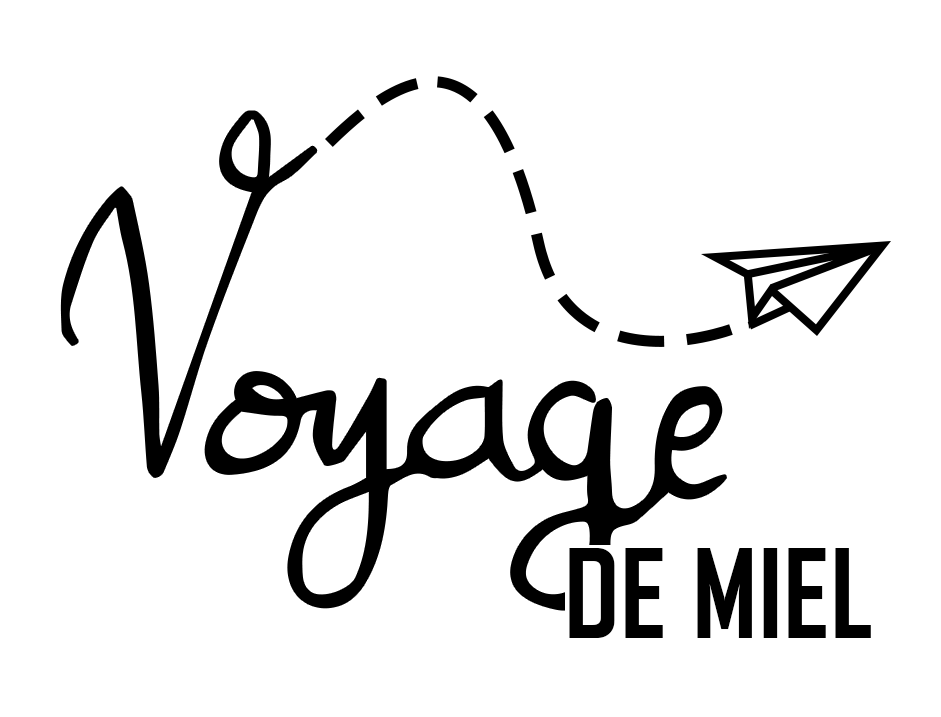
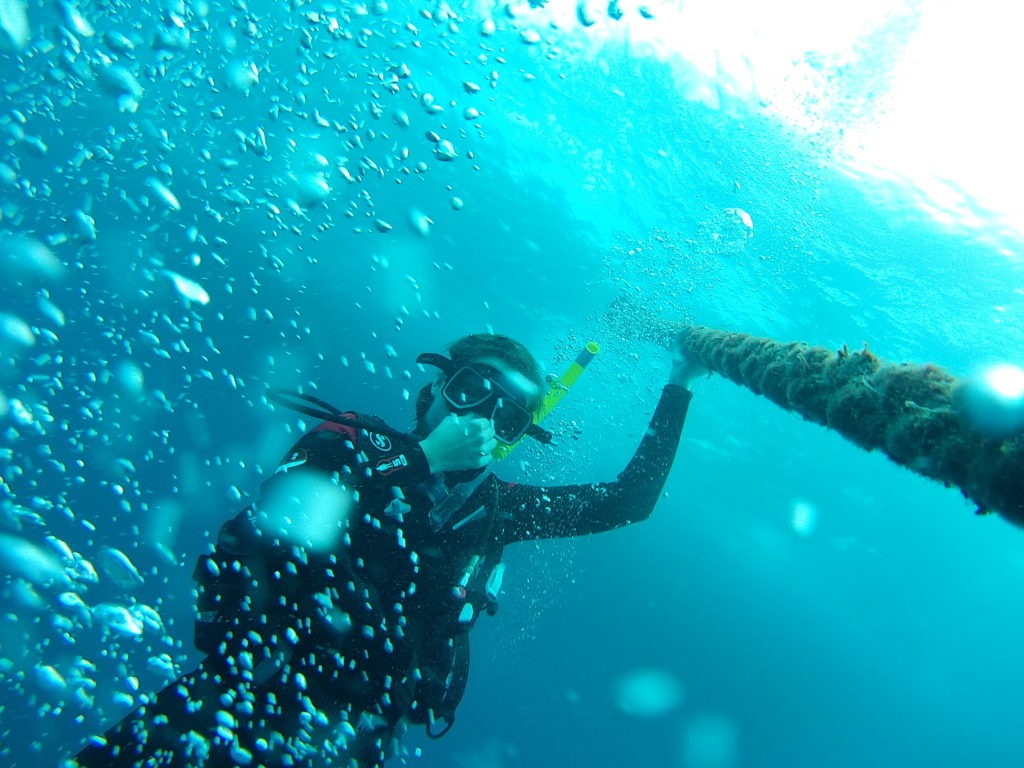
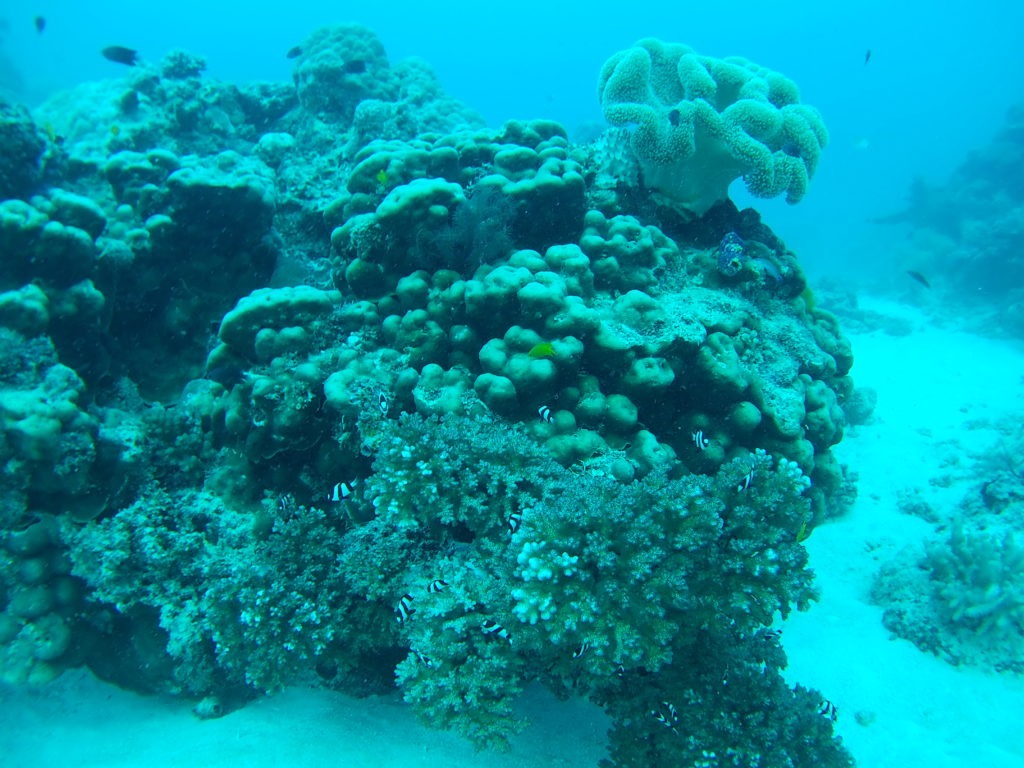
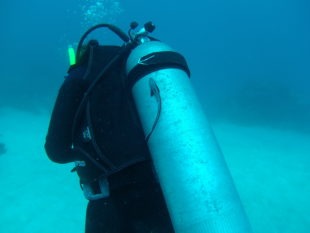
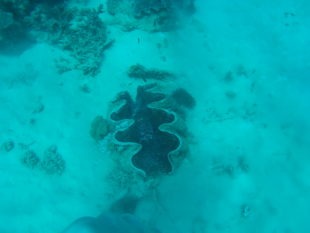
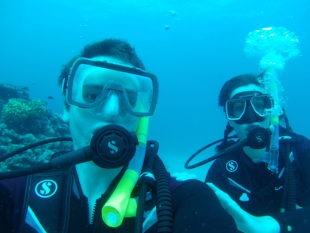
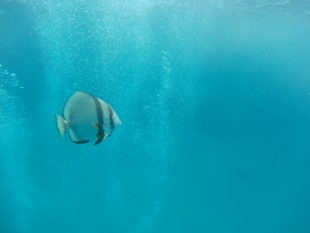
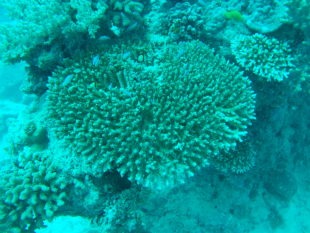
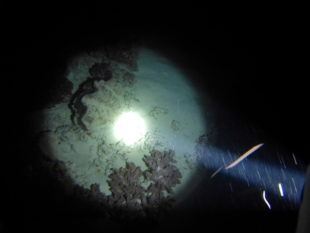
1 Comment
Dive Centre Bondi
June 26, 2025 @ 01:07
Your Great Barrier Reef diving experience sounds incredible! The way you described the marine life and your PADI Advanced journey is truly inspiring. It’s amazing how diving opens up such breathtaking underwater worlds.